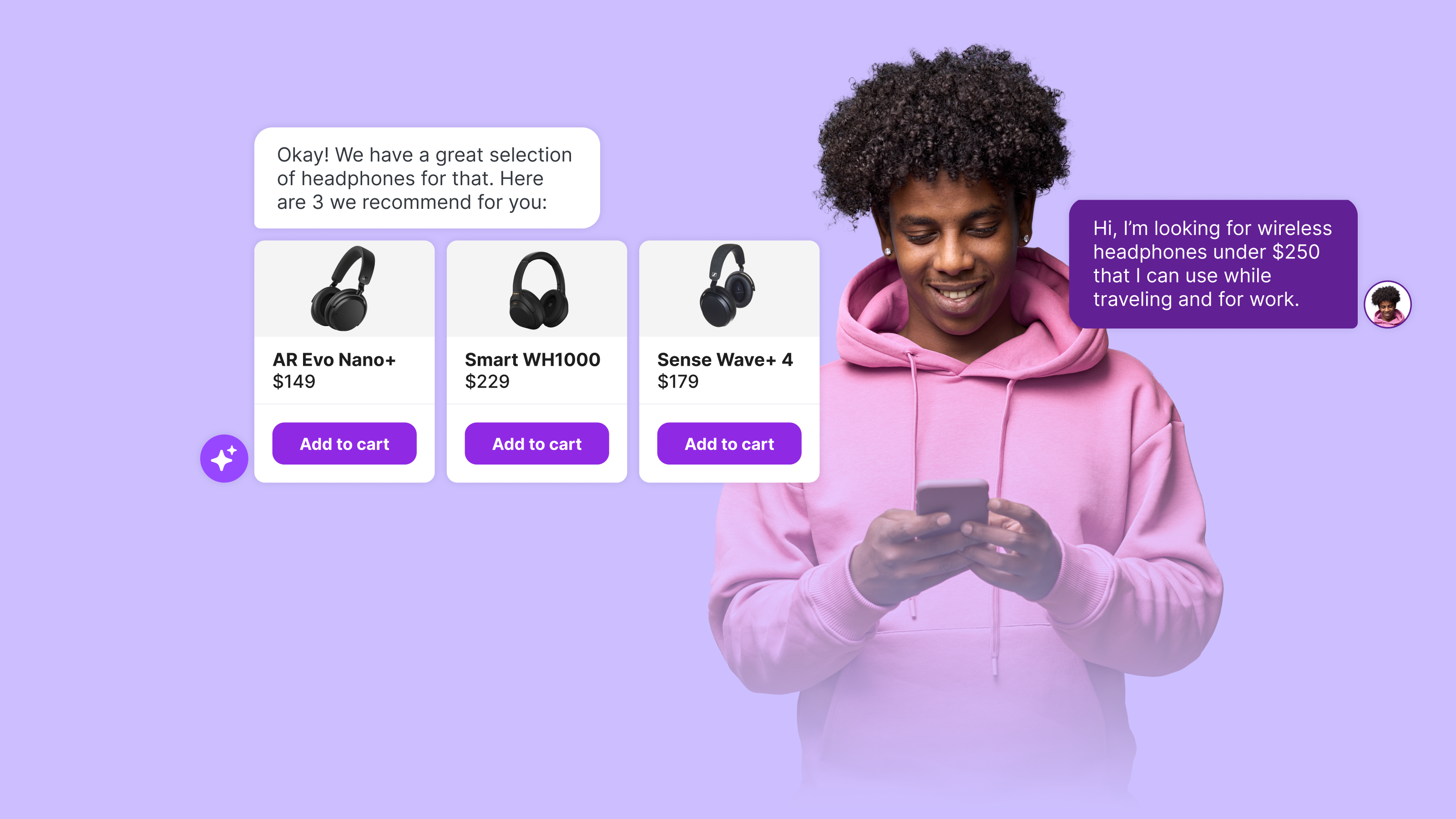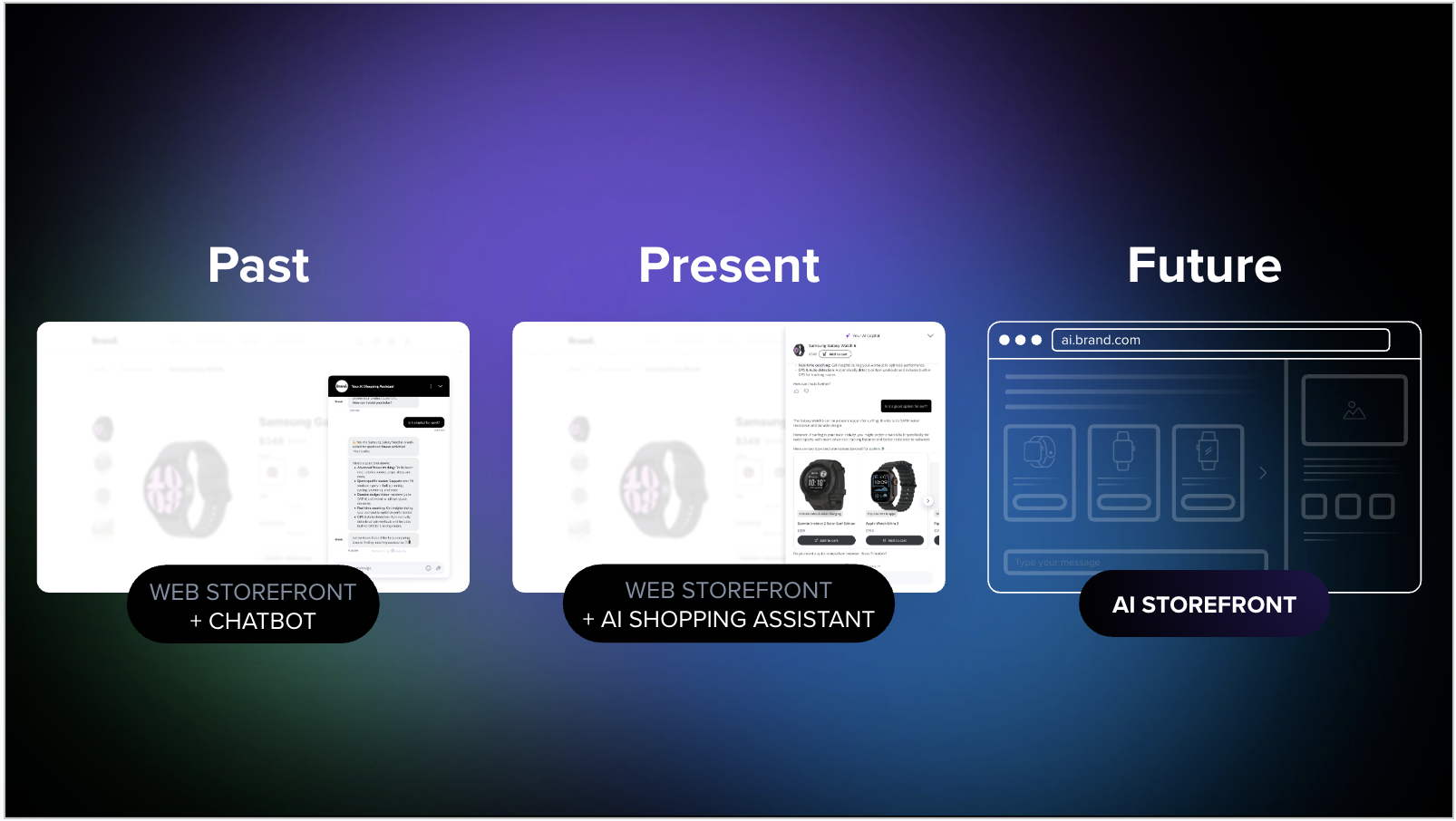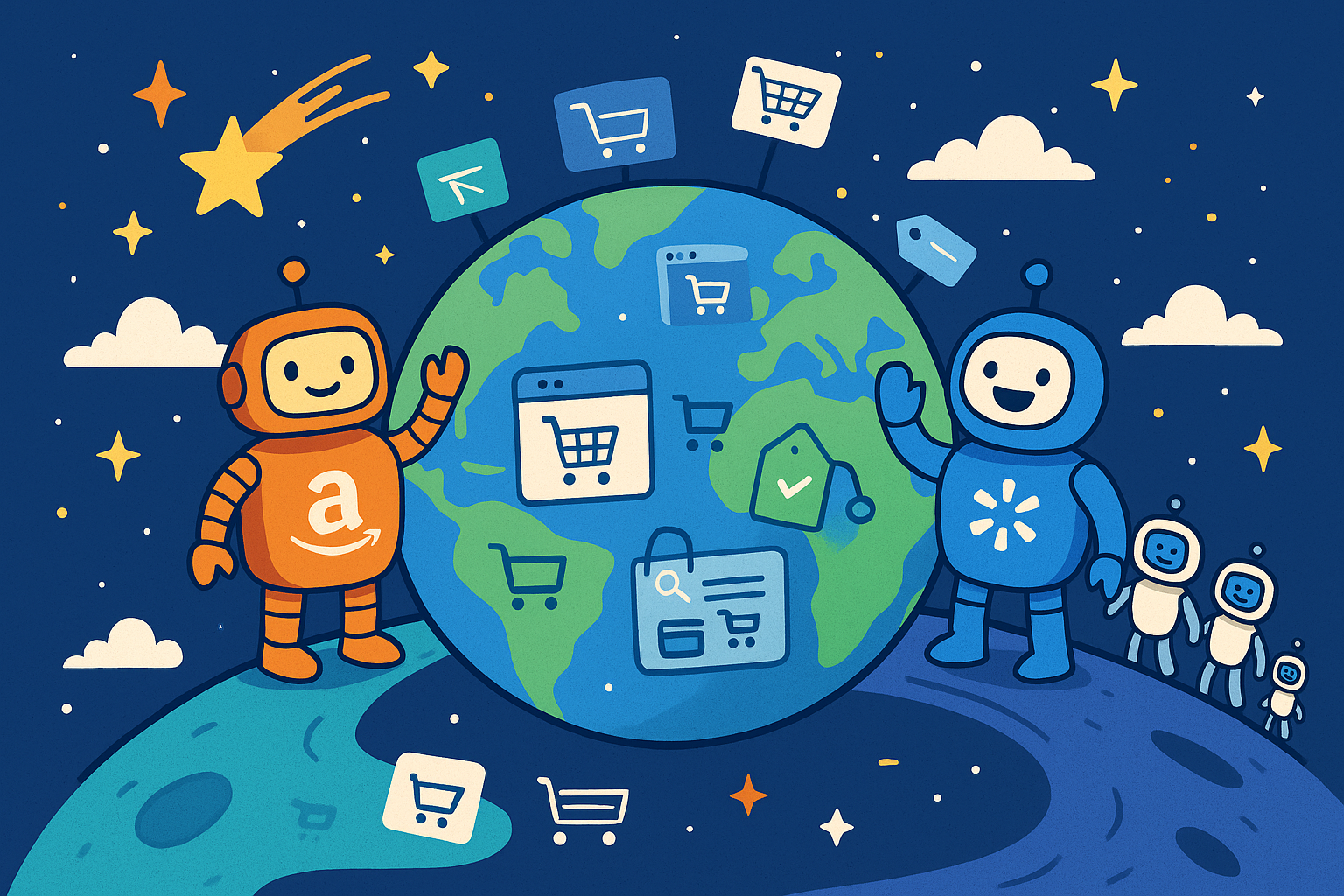From Good to Great: 3 Essentials That Make an AI Shopping Assistant Sell
Mike de la Cruz, President, iAdvize & Kilian Hauray, Chief Customer Officer, iAdvize

For years, chatbots have promised to revolutionize online shopping. But for most eCommerce brands, the results have been underwhelming. Engagement rates remain low, conversion rates stagnant, and shoppers often abandon their sessions more confused than when they started.
At the same time, acquisition costs continue to climb. According to the latest Contentsquare Digital Experience Benchmark, the cost per visit increased by 9% in 2024. Brands are spending more to drive traffic, only to lose potential customers in the final steps of the journey.
One thing is clear: tools built to answer reactive, post-purchase shopper inquiries were no longer enough. To win today’s shoppers, brands need assistants that sell.
Rethinking Online Shopping
At iAdvize, we’ve partnered with more than 150 eCommerce brands to implement our AI shopping assistant, Copilot for Shoppers. Along the way, we noticed a pattern: while most assistants outperformed traditional chatbots, not all delivered the same level of impact. Some simply responded while others sold with 8x conversion rates.
What turns a good AI shopping assistant into a great one?
We studied these high-performing implementations closely and identified 18 characteristics that consistently separate them from the rest. These aren’t cosmetic improvements, they’re the capabilities that transform AI from a support tool into a revenue-driving sales engine:
We saw engagement rates jump from 1% to 9%. Conversion rates from 14% to 28%. Some brands doubled their AOV. Others scaled high-impact conversations with zero agent involvement.
Today we’re sharing with you the 3 most important ones.
1 – Inside the Shopping Experience, Not Behind the Chat Bubble
Traditional eCommerce chatbots rely heavily on keyword matching or scripted paths, often delivering robotic, irrelevant responses that frustrate shoppers.
AI shopping assistants deliver a much better experience, much like in-store sales associates do. They instantly grasp shopper intent, even from vague or incomplete questions, responding with natural, context-aware guidance.
But they’re usually hidden in a corner, waiting passively for users to engage—a strategy that sees less than 1% engagement. Great AI shopping assistants are embedded within the shopping journey, embedded in product pages, listing pages, search, or during decision-making moments.
By combining deep shopper understanding with strategic placement within the shopper’s natural journey, these AI assistants turn routine interactions into genuinely helpful, engaging, and productive conversations, significantly boosting performances.

2 – Proactive and Personalized Advice–Not Just Q&A
A key differentiator of high-performing assistants is that they behave more like digital sales associates than automated help desks.
They don’t just answer questions, they proactively recommend relevant products, assist with comparisons, add to cart, and help shoppers move from discovery to checkout with confidence. These AI assistants remember shopper preferences, previous queries, and contextual details, delivering a personalized experience at scale. And unlike human associates, they’re consistently available, responding instantly with accurate, detailed, and reliable guidance, whether it’s noon or midnight.
For instance, one of our clients tested their AI’s product knowledge against their best salespeople; the AI consistently outperformed them, providing clarity and precision at any hour.
By offering real-time, personalized support exactly when shoppers need it, these AI solutions drive higher engagement and conversions around the clock.

3 – Measurable Impact on Business Metrics
One of the biggest pitfalls of AI implementations is the lack of clear ROI. But when done right, an assistant should be held to the same standards as any sales channel.
The most impactful AI shopping assistants track and optimize against core eCommerce KPIs: conversion rate, add-to-cart, average order value and more. At iAdvize, our clients integrate the Copilot’s performance directly into their business dashboards, making it easy to measure and iterate based on real-time results.
Payne Glasses is a prime example. After implementing Copilot for Shoppers, they achieved:
- 8x conversion rate vs. unassisted shopping experience
- 5x engagement rate compared to a traditional chatbot
Results like Payne Glasses’ aren’t outliers, they’re the benchmark for what’s possible with the right strategy.
Want to See What Great Looks Like?
In today’s digital landscape, every visit counts. Passive, one-size-fits-all tools no longer cut it. The future belongs to brands that blend technology with relevance, offering meaningful, personalized guidance at every step of the shopper’s journey.
The three essential traits we’ve highlighted here represent the core elements that differentiate a great, revenue-driving AI assistant from just a good one. To assess and optimize your AI shopping assistant further, we’ve developed a comprehensive 18-point scorecard to help benchmark your current capabilities and identify opportunities for improvement — contact our experts to learn more.
Whether you’re already leveraging conversational AI or exploring what’s next, we’d love to help you raise the bar.
Want to learn more about the 18 criteria and benchmark your strategy? Whether you’re already using an AI agent or exploring what’s next, we’d love to help you raise the bar.

.png)
.png)





